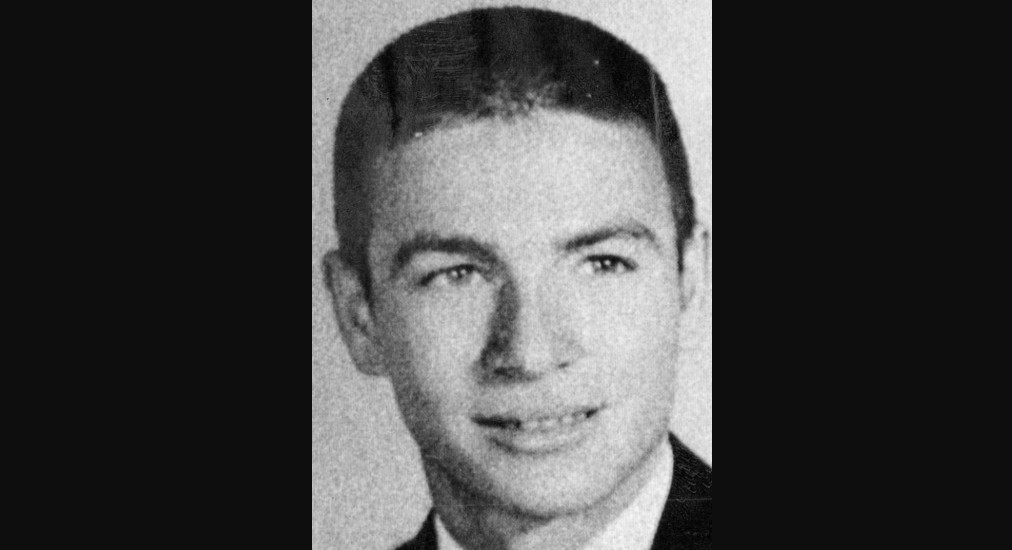‘Cold Case: The Tylenol Murders’ is a three-part true crime docuseries that revisits a series of mysterious poisoning deaths that took place in the Chicago area after eating Tylenol capsules in the 1980s. Upon investigation, it turned out that the capsules were laced with cyanide, which resulted in the deaths. Soon, the authorities zeroed in on one of the suspects in the case — James William Lewis. The documentary also features an exclusive interview with James, who talked about his first-hand experience through the years as he faced constant suspicion by law enforcement.
James Lewis Was Linked to Several Crimes Before the Tylenol Murders
Born on August 8, 1946, in Memphis, Tennessee, to Opal Anna Barnes VanBibber, James William “Jim” Lewis was abandoned by her mother in a transient motel in Joplin, Missouri. Fortunately, he was adopted by Floyd and Charlotte Lewis, who raised him on a farm near Carl Junction, Missouri. After flourishing in high school, James attended the University of Missouri in Kansas City. Around the age of 20, he reportedly showcased violent tendencies when he allegedly tried to kill his adoptive mother with an axe in 1966. After the alleged incident, he was reportedly admitted to a state mental institution.

A few years later, James married Leann Lewis, with whom he shared a daughter named Toni Ann Lewis, who had Down syndrome. However, tragedy struck the Lewis family when their beloved 5-year-old daughter passed away from heart issues in 1974. Reports suggest that the sutures used to keep Toni’s congenital heart intact tore. Since they were made by a subsidiary of Johnson & Johnson, he allegedly took grave actions against the company years later. Before that, in 1978, he was also linked to the murder of a 72-year-old man named Raymond West, who had hired James to take care of his taxes. However, the charges against him were dropped since the cause of Raymond’s death could not be determined. By 1981, James and his wife were the owners of a tax business called Lewis & Lewis.
James Lewis Admitted to Having Sent an Extortion Letter to Johnson & Johnson
When James Lewis was connected to a credit card scheme, his house was searched extensively by the authorities on December 4, 1981. The investigators came across multiple phone books, papers, and a couple of loose-leaf binders that contained instructions to commit different kinds of crimes, including disguising handwriting and committing travel agency fraud. On top of that, they also recovered a bunch of extortion letters addressed to several local banks. Soon, he was found guilty of six counts of mail fraud. Infamous for using multiple aliases to commit fraud, he was described as a “chameleon” by the authorities as he also held numerous jobs, such as a tax accountant, a computer specialist, a real estate agent, and more.

Starting on September 29, 1982, the Chicago area saw the mysterious deaths of about seven people in the span of three days. Upon investigating their deaths, the officials discovered a common link — they had ingested cyanide-laced Tylenol before their respective deaths. This not only sparked a national recall of the product, but it also launched an investigation to find out the individual responsible for lacing the Tylenol capsules with cyanide. On October 1, 1982, James Lewis, pretending to be Robert Richardson, reportedly sent an extortion letter to Johnson & Johnson to demand $1 million in exchange for the killings to stop. After the authorities got hold of the letter, they traced it back to him and apprehended him in the Big Apple after a nationwide manhunt.
James Lewis Passed Away in 2023
Apart from claiming that he was in New York City with his wife at the time of the poisonings, James also provided the authorities with a detailed account of how he thought the actual killer of the Tylenol murders might have operated. He admitted to sending the extortion letter, but he claimed that he only did it to frame his wife’s previous employer. Eventually, he was found guilty of extortion and in 1984, sentenced to 10 years in prison. At the time, he had been serving time for the mail fraud conviction. In order to keep him behind bars, the prosecutors released a letter he had written to President Reagan in October 1982.

Signed Fred M, the letter stated, “I understand that you are planning to change tax laws in a way that would cause me to pay more income tax.” James added, “I will cease these killings if you will not let the taxes increase. Also, I want all past due payroll taxes for all employers abated.” After getting released from prison more than 12 years later, he and his wife relocated to Massachusetts in 1995. Several years later, he had another run-in with the law when he was accused of raping and kidnapping a woman in Cambridge, Massachusetts, in 2004. In 2007, he was released after the survivor refused to testify against him on the day of his trial, forcing the prosecution to drop the charges against him.
As the authorities continued to suspect him of being involved in the Tylenol murders of 1982, James was interviewed dozens of times between 2007 and 2009. In 2009, the FBI also searched his house in Cambridge but couldn’t find any physical evidence connecting him to the crime. A lot happened in the following year as not only did he create a website to emphasize his innocence, but he also published a novel titled ‘Poison!: The Doctor’s Dilemma.’ Several years later, on July 9, 2023, the 76-year-old Tylenol murders suspect passed away in his house in Cambridge, Massachusetts. It was reported that he died from a Pulmonary embolism.
Read more: Roger Arnold: How Did the Tylenol Murders Suspect Die?


